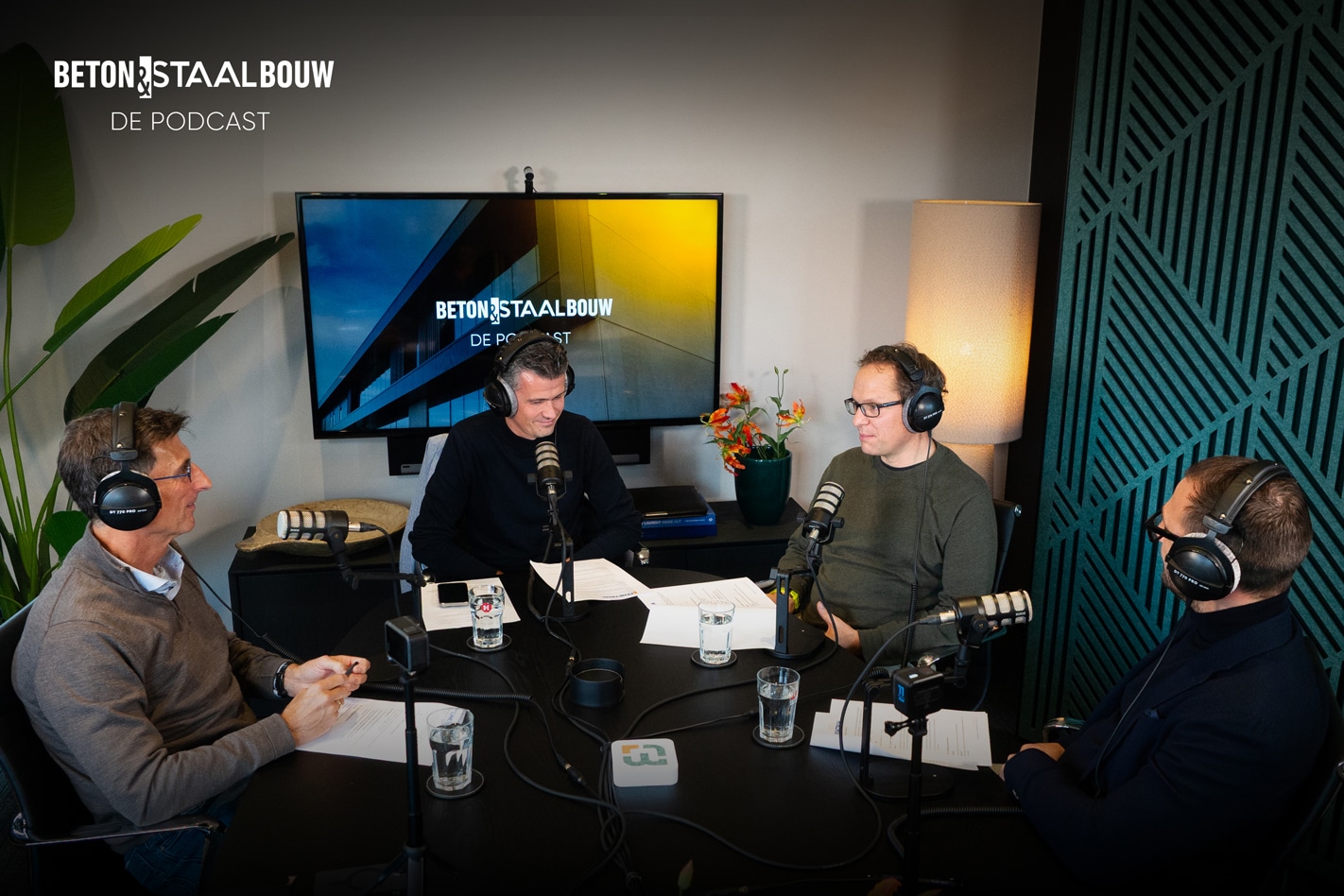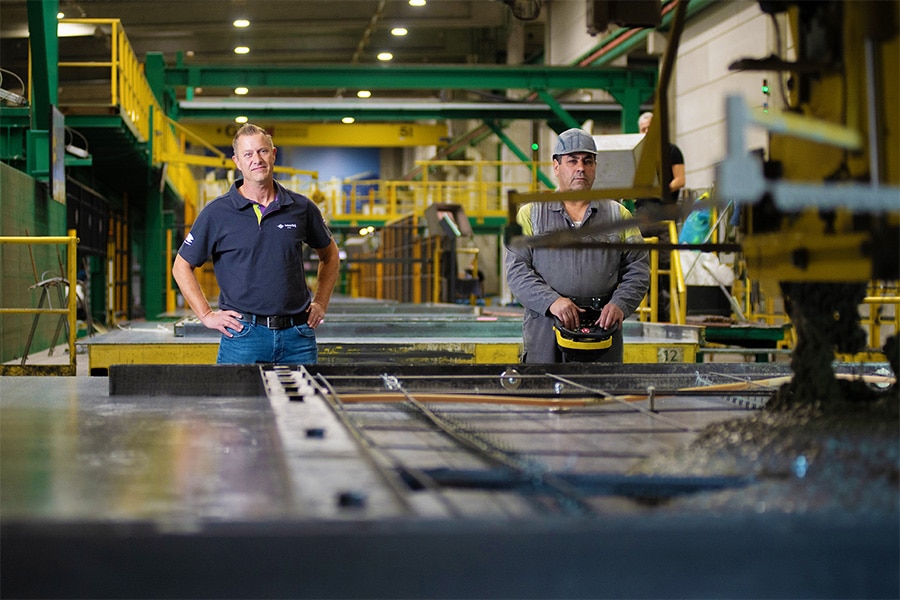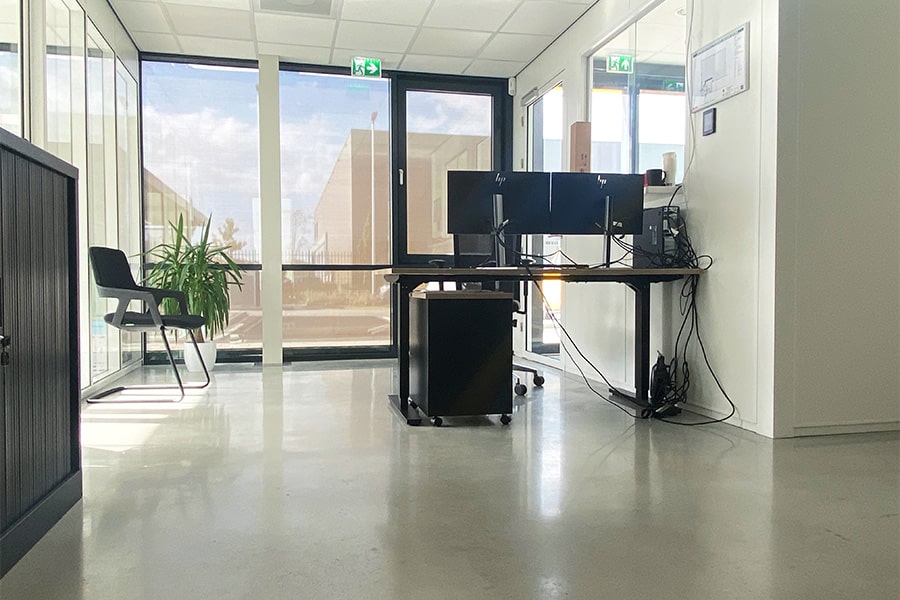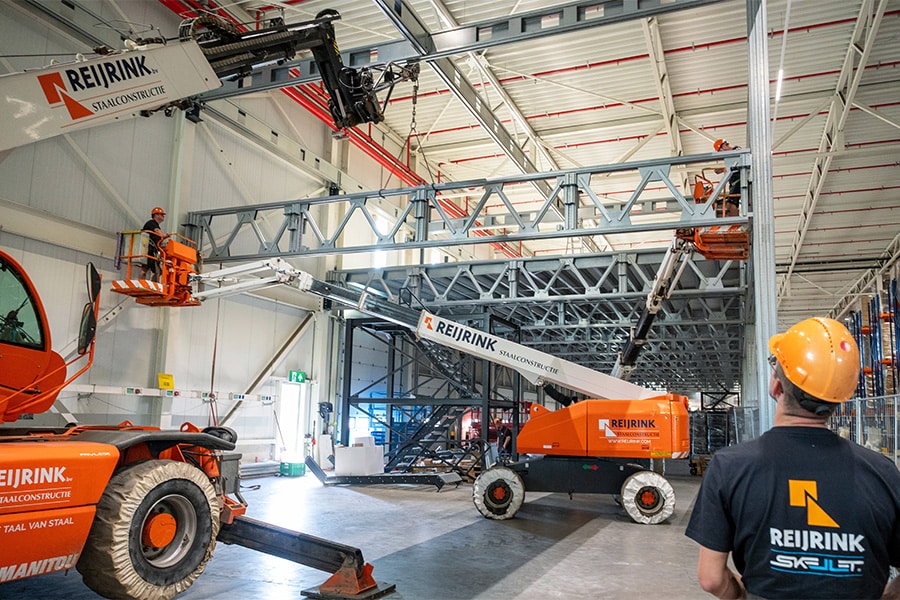
Modernization SUNIJ line fits into public transport ambitions of Utrecht province
This SUNIJ line was built in the early 1980s and is well past its technical lifespan, according to Utrecht provincial executive Arne Schaddelee. "In addition, the modernized streetcar line must contribute to the great ambitions we have as a province in the field of public transport," said the provincial executive.

Actually, only the route of the SUNIJ line remains the same, says Schaddelee, deputy commissioner for public transportation, among other things, on behalf of the Christian Union. "There will be 15 kilometers of track and overhead lines replaced and 23 stops will be extended and lowered because there will be a whole new streetcar fleet with lower floors and more comfort. The line will be equipped with a new data network and a new security system for streetcars and switches." At the same time, the SUNIJ line at Utrecht Central Station will be linked to the recently commissioned Uithof line. "This will provide a single system - without transfers - from IJsselstein to the Uithof/Science Park. This is one of the most important work locations in this region, which is already easily accessible by car. Now we are catching up with public transport."
For the project, the province, as owner of the streetcar line, followed a regular tender procedure. BAM Infra Rail emerged as the winner. Among other things, tenderers were asked how they intended to limit risks and inconvenience to passengers. Schaddelee: "Both in terms of price and quality, BAM scored the most points." The cost of the modernization was initially estimated at €141 million. Due in part to a more radical renewal around the Nieuwegein Centrum station, the costs had previously risen to 158 million. The Nieuwegein Centrum station must become a fully-fledged public transport hub. This requires, among other things, the construction of a new bus station and the relocation of roads and tramway crossings. "In cooperation with the municipality, we want to make a pleasant place to stay there," said Mr. K.

Additional measures
Meanwhile, the modernization counter stands at 178 million. This is because the new streetcars are heavier than the old ones, resulting in the need to improve the line's foundation in a number of places. "We assumed that the track stability was sufficient, but the requirements for the foundation became stricter. On reflection, additional measures were needed; additional sheet pile walls had to be installed. I had to go to the States on my bare knees for extra money, but I got it, because everyone understood that it was necessary. In that respect, we also learned from the overruns in the construction of the Uithof line. The challenge with these kinds of projects is to catch sight of overruns as soon as possible and then report them immediately." Provincial Council voted just before the recess to make another 20.9 million euros available.

Ambitious planning
The project has an ambitious schedule. In order to limit inconvenience to travelers, a 12-week outage during the summer period was initially assumed. However, the corona virus necessitated an adjustment in the execution of the work. Schaddelee: "The contractor also has to observe 1.5 meters distance during the execution, resulting in smaller work teams and a greater spread of the work. More equipment is also needed; for example, you can no longer have three men in the bucket of a crane, so you need more cranes. That requires more planning and even more intensive organization. Therein lies a reason for a delay in the work."
Another reason lies with CAF Urbos, the Spanish supplier of the new streetcars. "That company was closed for two months because of the lockdown, just when production of our rolling stock was supposed to begin. In addition, the border closed. That means we don't have enough equipment to start running when the track is ready. That's why the SUNIJ line will soon be put into service in phases, in 3 sections. In this way, we want to accommodate the passengers as much as possible. The first to start is the section between Utrecht Central Station and Nieuwegein Central Station. When more equipment is available, the other sections will follow.'' This delay also involves more costs; agreements have been made with BAM about how these will be divided.

500 passengers per trip
The old SUNIJ line averaged (before corona) about 15,000 to 20,000 passengers per day. With the new rolling stock, the transport capacity will go up significantly. "Not only from the technical point of view but also from the passenger's point of view it will be a huge improvement," Schaddelee assures. "We will soon be able to transport 500 passengers per trip, 15 percent more per trip. With a length of 75 meters (the streetcars run in pairs), we will have the longest streetcars in Europe. We are making an enormous leap of scale with public transport and light rail around the city of Utrecht. The renewed SUNIJ line is an important step in our ambitious plans for a public transport ring around Utrecht. In that area we beat Amsterdam on all points! Our ambition is the best streetcar system in the world."



